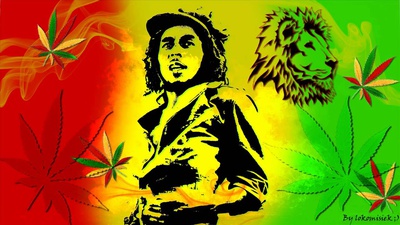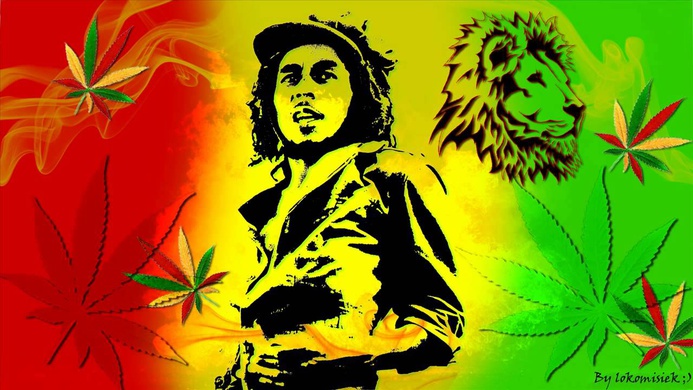
In 1913, the Legislative Council of Jamaica was asked to ratify the International Opium Convention. Since ganja (cannabis) was a much more familiar drug in Jamaica than any of those listed in the Convention, several members used this opportunity to insert reference to ganja in the legislation. The law prohibited the cultivation and importation of cannabis. Later this was developed into the Dangerous Drugs Law (1924) and then amended several times to increase restrictions, police powers and penalties (1941, 1947, 1954, 1961, 1972).
The minority White colonial society was always concerned about the capacity to maintain control. During periods of insecurity they resorted to laws and institutions (such as mental asylums and prisons) and defined the folkways of the lower classes as insane or criminal behaviour. Usually anecdotal stories rather than any real evidence is marshaled to support the new laws.
The history of cannabis prohibition in Jamaica seems to closely follow this common pattern. The beginning of the twentieth century was marked by a developing spirit of independence and mobility among the African peasant classes in Jamaica which threatened the interests of the elite. Later revisions tended to align with new economic or religious awakenings that threatened the status quo.
Source: Niaah, J. (2016). "Ganja Terrorism," in Drug Policies and the Politics of Drugs in the Americas.
| Drugs: | Cannabis (marijuana) |
|---|---|
| Regions: | Caribbean Islands |
| Topics: | Prohibition |
